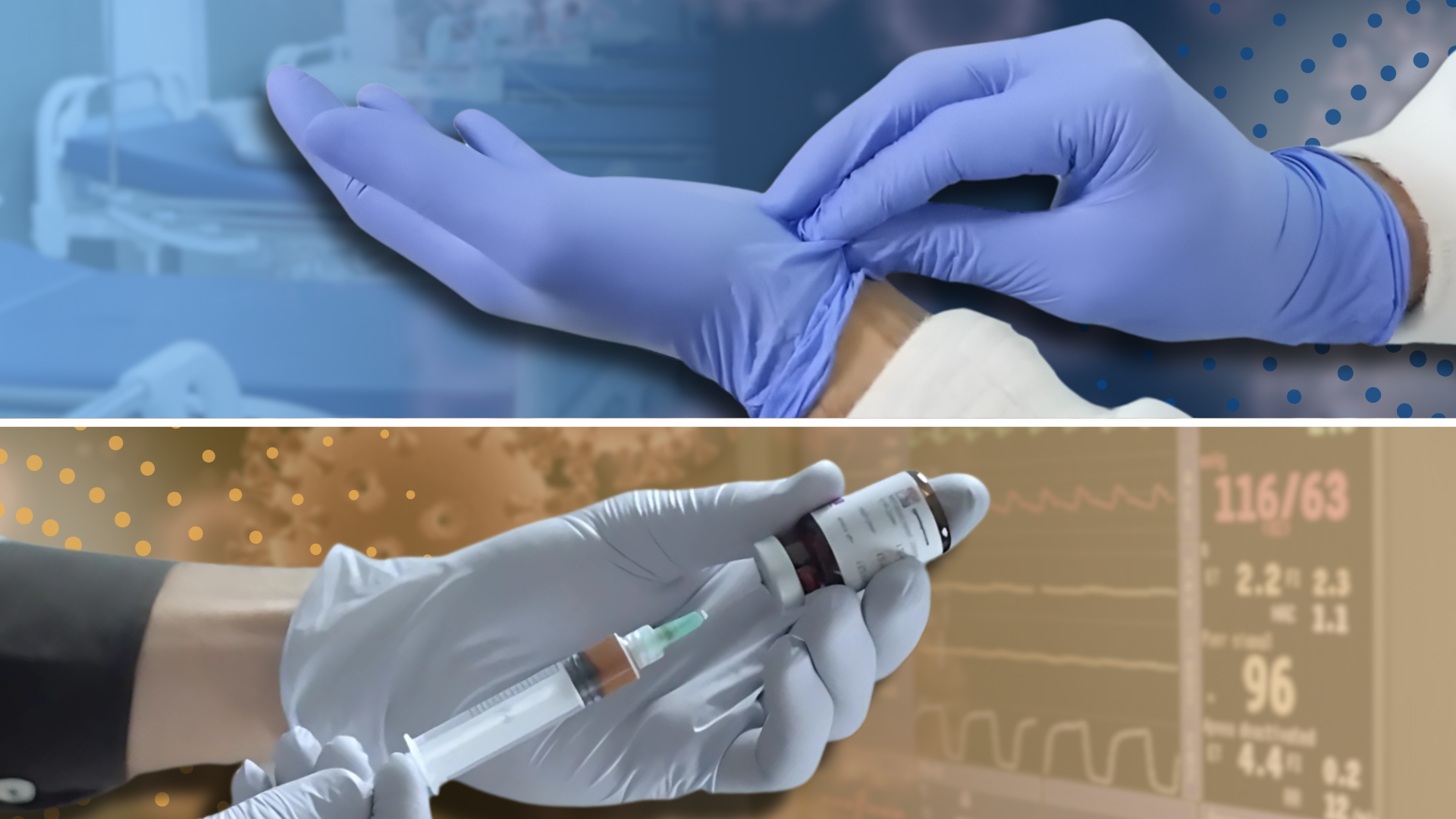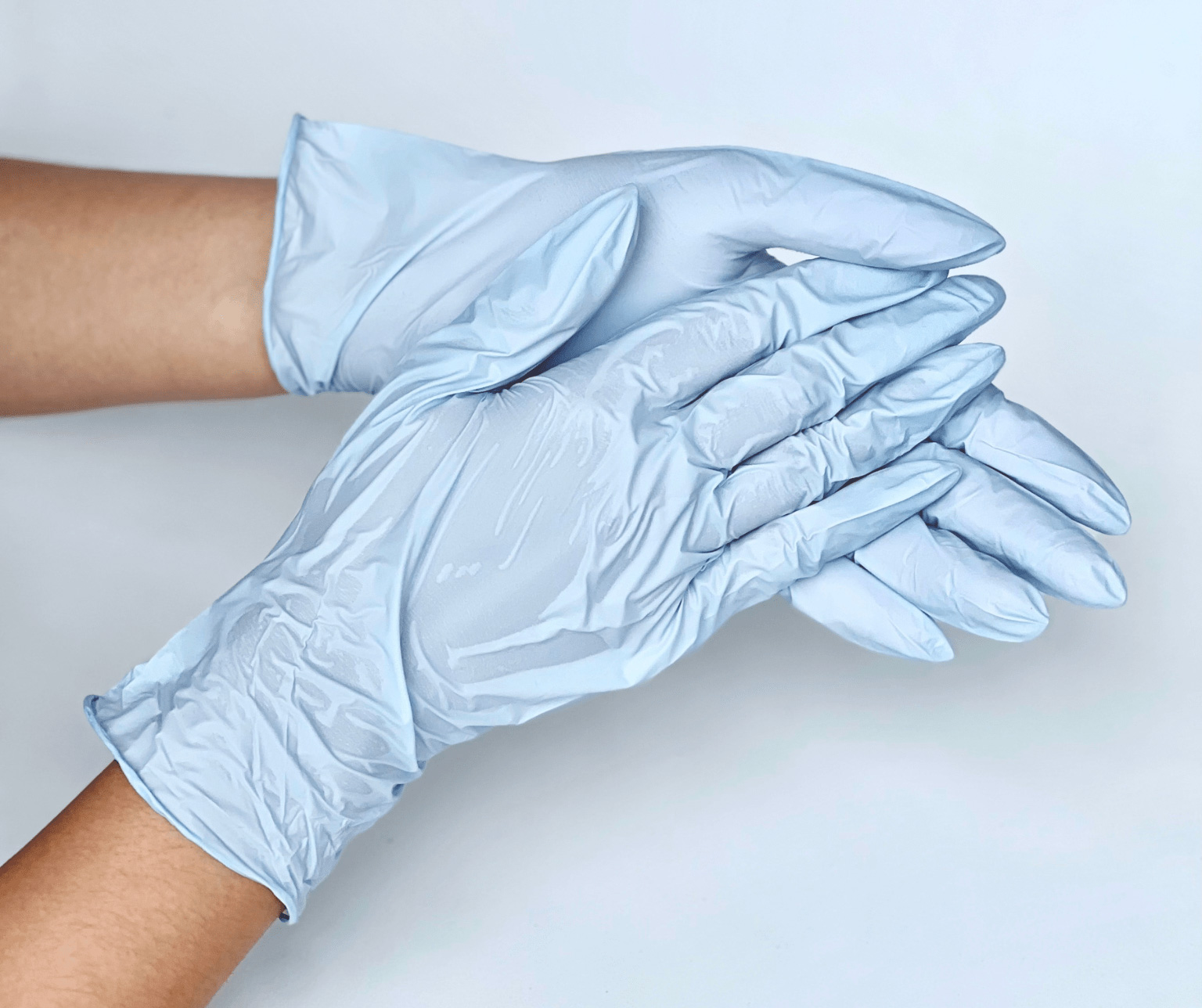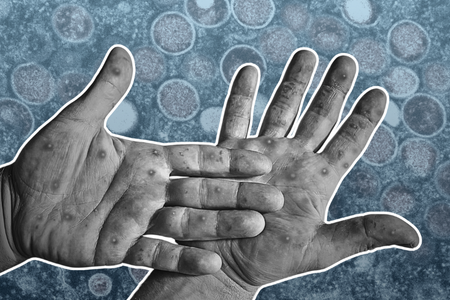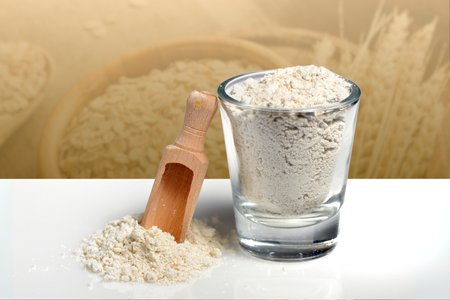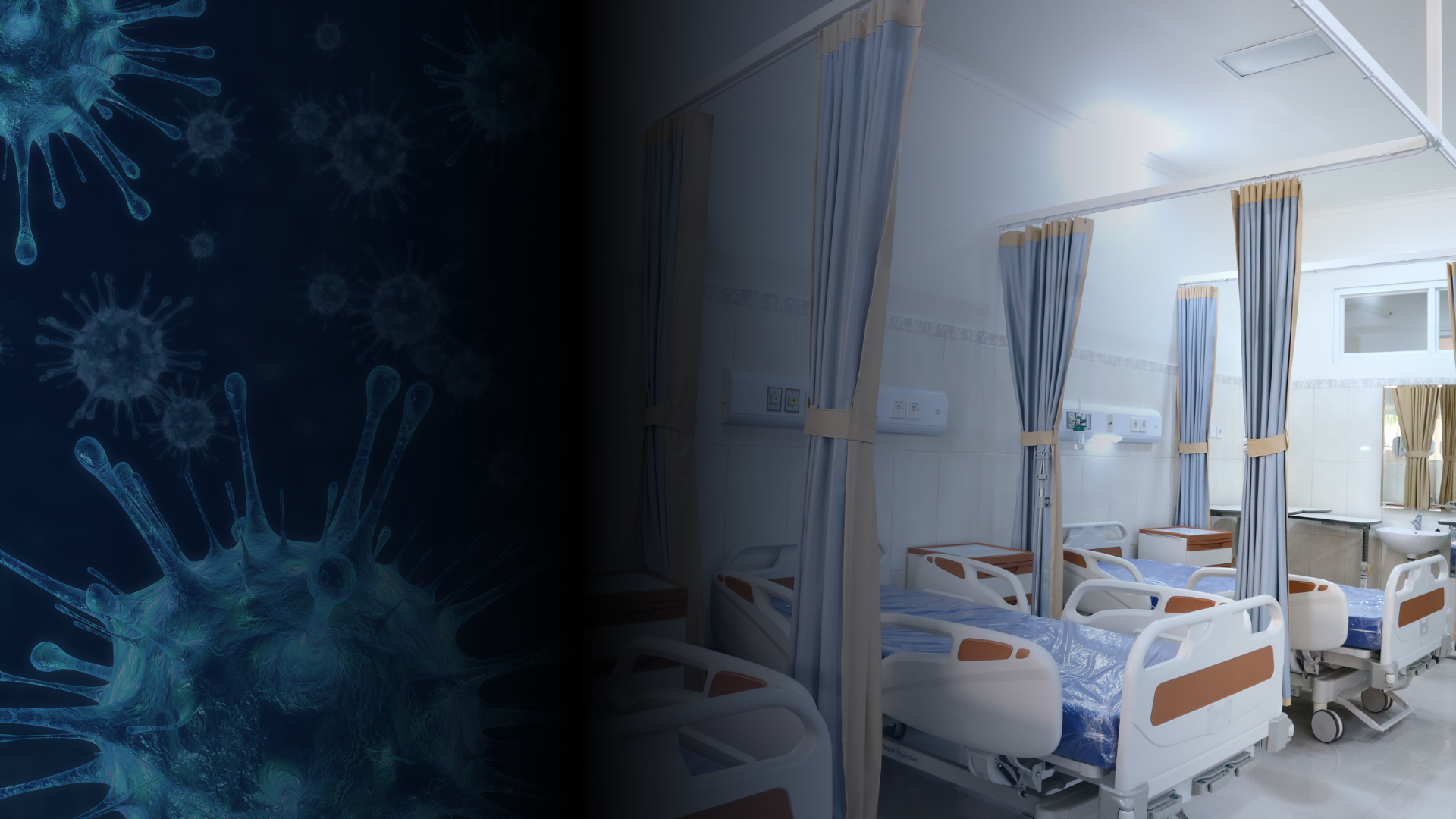
Infected During Hospitalization: H.A.I. and Its Dangers
November 9, 2024
Everywhere we go, there are infections around us, either fungal, bacterial, or viral. Even in places where you expect yourself to get full medical help. Contamination in hospitals is one of the issues dealt by the staff and the patients. Not only does it put the patients and healthcare staff at risk, which in most cases leads to death and other health complications, this also costs the hospitals and other healthcare establishments more due to the increased number of patient load and the arising challenges of medical supplies. This kind of healthcare related issue is called Hospital-acquired Infections or HAI.
WHAT IS H.A.I.?
Hospital-acquired Infections (HAI) also called Healthcare-associated Infections (HCAI), are nosocomially acquired infections, caused by viral, bacterial, or fungal infection, that were not present at the time of a patient’s admission to a hospital. Most of the cases of HAI are bacterial. The contamination may be from medical devices, complications during surgery, transmission between patients and healthcare workers, and more. These infections would usually occur up to 48 hours after hospitalization, 3 days after discharge, and 30 days after an operation.
There are few cases of HAI happening around the world. Developing countries such as in Latin America, Sub-Saharan Africa, and Asia have more than 40% hospitalizations due to HAI, while the developed countries like in North America and Europe only have 5-10%.

In a report by the Centers for Disease Control and Prevention (CDC) back in 2022, it is reported that among the data provided by 38,000 healthcare facilities in the US, 1 in 31 US patients got contracted at least one of the HAIs. Another study done in 2016 in the University of the Philippines Manila (UPM) where they conducted a cross-sectional point-prevalence survey of infections in wards and ICUs in tertiary care hospitals, examining the association of the type of hospital ventilation and HAIs. In their study, they conducted that out of the 224 patients surveyed, 63 (28%) patients had 69 HAIs, and the most common HAI with 35% is pneumonia. Regardless of the type of ventilation, immunocompromised patients are still at higher risk for HAI as stated in the study.
A report published in 2020 conducted by Southern Philippines Medical Center (SPMC) in Davao City back in 2016 through a cross-sectional study where they determined the proportion of patients with HAI in surgery wards as well as identified HAI factors. It was found out that among 182 patients included in their report, 17 of them (9.34%) have HAI during their admission. Despite the small number of HAI cases, HAI has caused more harm to the patients during their hospitalization.
H.A.I.s AND THEIR RISKS
Infections that are acquired in hospitals or other healthcare settings include:
- Pneumonia, the most common type of HAI, e.g. hospital-acquired pneumonia (HAP) and ventilator-associated pneumonia (VAP),
- Central line-associated bloodstream infections (CLABSI),
- Catheter-associated urinary tract infection (CAUTI),
- Surgical site infections (SSI),
- Clostridium difficile infections
It also includes sepsis, candidemia, meningitis, and gastroenteritis.
These types of hospital-acquired infections have the symptoms of discharge from a wound, fever, cough, shortness of breathing, urination difficulty, headache, nausea, vomiting, and diarrhea. There may also include body pain and irritation for patients who develop new symptoms during their stay where they got infected.
Everyone is at great risk with these infections, mostly with the elderly (ages 70 and above) and younger patients (ages 18 and below), as well as the immunocompromised. Other risk factors depend on your long use of antibiotics, if you have a urinary catheter or not, who is or are in the same room as you especially if you are admitted in the ICU, the duration of your ICU admission, and other conditions such as coma, shock (e.g. septic shock), or any kind of trauma.
Other risk factors include the type of bacteria present in a patient’s hospital environment either in ICU, their private rooms, or in surgery rooms, e.g. Methicillin-resistant Staphylococcus aureus (MRSA) for pneumonia, and poor adherence to cleaning and decontamination protocols by the staff.
H.A.I. MANAGEMENT
In order to manage different types of HAIs, the medical care against these infections generally involves antimicrobial therapy and supportive care that addresses shock, hypoventilation, and other complications. Other sorts of management especially on infections like BSI and UTI from contaminated equipment require removal of equipment from patients and disinfection. Medication like antibiotic and antiviral medication is also one of the ways in managing HAIs for patients.
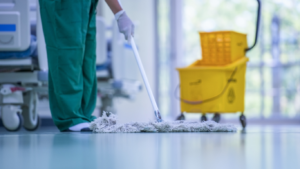 In addition to this, hospitals and other healthcare establishments have disinfection protocols to reduce HAIs in all areas. Though the usual protocol is manual and routine cleaning, it is not enough to completely eliminate the pathogens as some of them are difficult to disinfect due to them developing resistance against disinfection. However, hospitals have come up with new effective solutions of decontamination alongside manual cleaning against HAI in hospitals, such as Patient Equipment Cleaning Centre (PECC) — a safe process of deep cleaning equipment combined with Hydrogen peroxide vapor technology.
In addition to this, hospitals and other healthcare establishments have disinfection protocols to reduce HAIs in all areas. Though the usual protocol is manual and routine cleaning, it is not enough to completely eliminate the pathogens as some of them are difficult to disinfect due to them developing resistance against disinfection. However, hospitals have come up with new effective solutions of decontamination alongside manual cleaning against HAI in hospitals, such as Patient Equipment Cleaning Centre (PECC) — a safe process of deep cleaning equipment combined with Hydrogen peroxide vapor technology.
WHY GLOVEON AGAINST H.A.I.?
Part of the decontamination protocol is wearing proper protective disinfectant equipment like masks, head covers, goggles, shoe covers, gowns, face shield, and gloves. This is where our product line GloveOn comes in! GloveOn is designed to improve patient safety and healthcare quality with its two glove types: GloveOn Protect and GloveOn COATS.
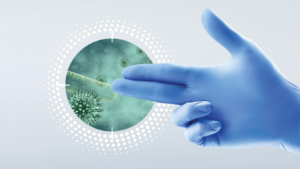 GloveOn Protect is the World’s First Non-leaching Antimicrobial Gloves that has proven to effectively eliminate 99% microbes and viruses such as Human Coronavirus. It is manufactured with antimicrobial properties and non-leaching technology—two aspects of the glove that kills microbes with its touch and prevents the transfer of pathogens from the gloves’ surface to other objects. With this, it reduces the risk of developing microbial resistance during disinfection of hospital areas.
GloveOn Protect is the World’s First Non-leaching Antimicrobial Gloves that has proven to effectively eliminate 99% microbes and viruses such as Human Coronavirus. It is manufactured with antimicrobial properties and non-leaching technology—two aspects of the glove that kills microbes with its touch and prevents the transfer of pathogens from the gloves’ surface to other objects. With this, it reduces the risk of developing microbial resistance during disinfection of hospital areas.
A test done by MUN Global shows the virucidal efficacy of GloveOn Protect against microbes, Human Coronavirus (Strain 229E), and Modified Vaccinia Virus (Monkeypox), which is more than 99%. The results can be used as a reference when using surrogate viruses like COVID-19 Virus to further justify GloveOn Protect’s efficacy claims against other pathogens. Thus, GloveOn Protect is the perfect gloves for our disinfection needs against HAI!
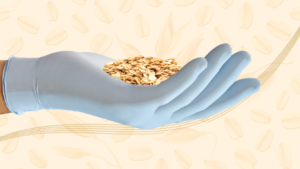 While GloveOn Protect prevents harmful microbes from the outside, GloveOn COATS helps the wearer’s skin from the inside! Unlike any other disposable gloves, GloveOn COATS moisturizes the wearer’s hands while being worn and does not irritate the skin that leads to diseases like dermatitis.
While GloveOn Protect prevents harmful microbes from the outside, GloveOn COATS helps the wearer’s skin from the inside! Unlike any other disposable gloves, GloveOn COATS moisturizes the wearer’s hands while being worn and does not irritate the skin that leads to diseases like dermatitis.
With its Colloidal Oatmeal System, GloveOn COATS moisturizes your skin that would help absorb sweat in your hands, preventing the cause of skin irritation that was the main issue of wearing cheap disposable gloves for too long. The gloves’ moisturization also helps retain your skin’s water which betters your skin integrity.
With these two gloves, you can have double protection both from the outside and the inside! The perfect gloves for your medical duty needs!
